| These species are almost impossible to keep and should be left alone. | |
| Most individuals of these species do not adapt well to home tanks, usually not eating and dying off. | |
| These species are moderately hardy, with most individuals acclimating to home tanks if special care is provided. | |
| These species are generally durable and hardy, with most individuals acclimating to home tanks. | |
| These species are very hardy with almost all individuals easily acclimating to home tanks. | |
|
V |
These species have spines or barbs that carry toxins with varying degrees of toxicity. |
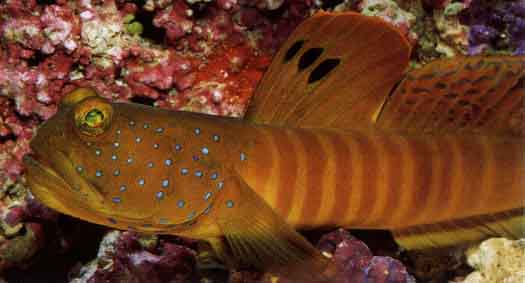 Blackfinned Shrinp Goby (Cryptocentrus pavoninoides)
Blackfinned Shrinp Goby (Cryptocentrus pavoninoides) 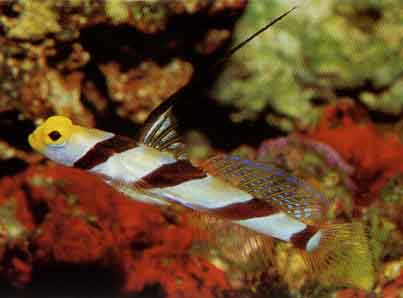 Blackray Shrimp Goby (Stonogoboips nematodes)
Blackray Shrimp Goby (Stonogoboips nematodes) 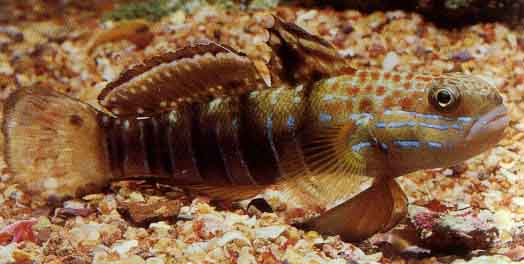 Brownbarred Goby (Amblygobius phalaena)
Brownbarred Goby (Amblygobius phalaena) 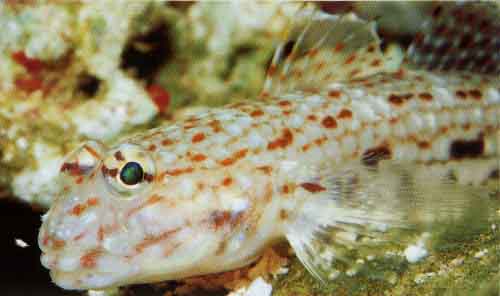 Decorated Goby (Istigobius decoratus)
Decorated Goby (Istigobius decoratus) 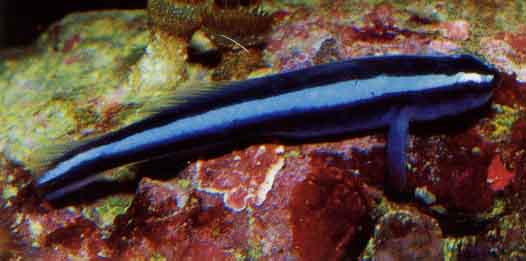 Neon
Goby (Gobiosoma oceanops)
Neon
Goby (Gobiosoma oceanops) 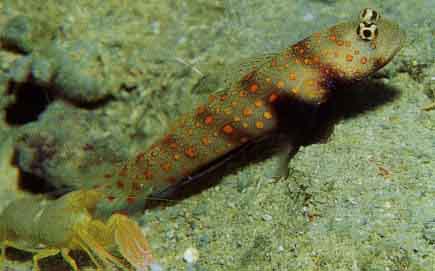 Orange Spotted Shrimp Goby (Amblyeleotris guttata)
Orange Spotted Shrimp Goby (Amblyeleotris guttata) 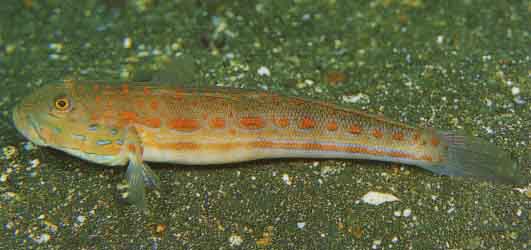 Orangespotted Sleeper Goby (Valenciennea puellaris)
Orangespotted Sleeper Goby (Valenciennea puellaris) 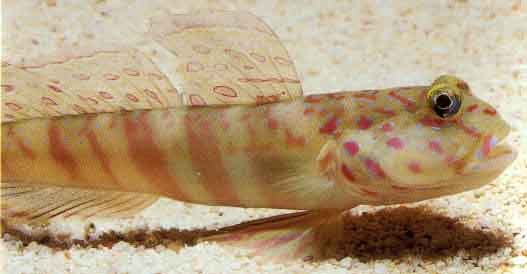 Pinkspotted Shrimp Goby (Cryptocentrus leptocephalus)
Pinkspotted Shrimp Goby (Cryptocentrus leptocephalus) 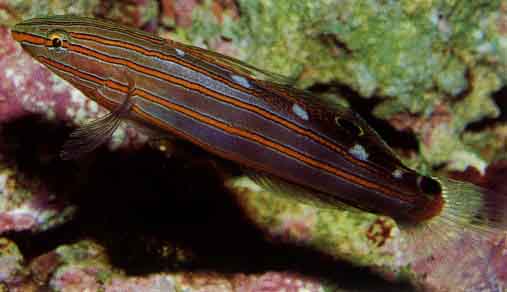 Rainford's Goby (Amblygobius rainfordi)
Rainford's Goby (Amblygobius rainfordi)  Randall's Shrimp Goby (Amblyeleotris randalli)
Randall's Shrimp Goby (Amblyeleotris randalli) 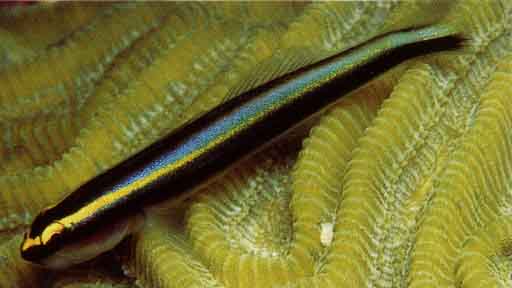 Sharknose Goby (Gobiosoma evelynae)
Sharknose Goby (Gobiosoma evelynae) 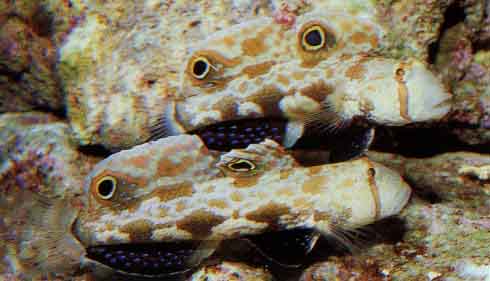 Signal Goby (Signigobius biocellatus)
Signal Goby (Signigobius biocellatus) 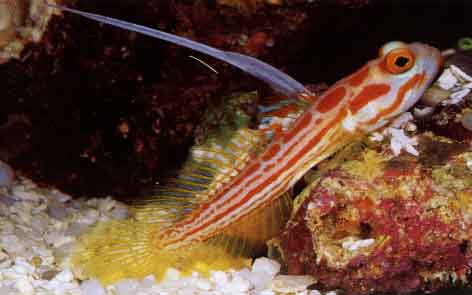 Whiteray Shrimp Goby (Stonogobiops sp.)
Whiteray Shrimp Goby (Stonogobiops sp.) 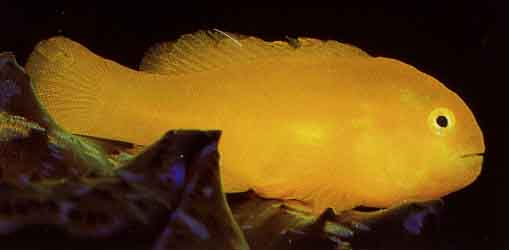 Yellow Clown Goby (Gobiodon okinawae)
Yellow Clown Goby (Gobiodon okinawae)  Yellow Shrimp Goby (Cryptocentrus cinctus)
Yellow Shrimp Goby (Cryptocentrus cinctus)